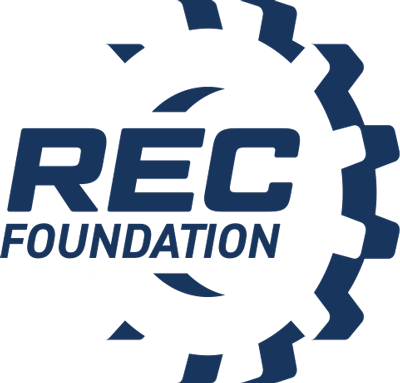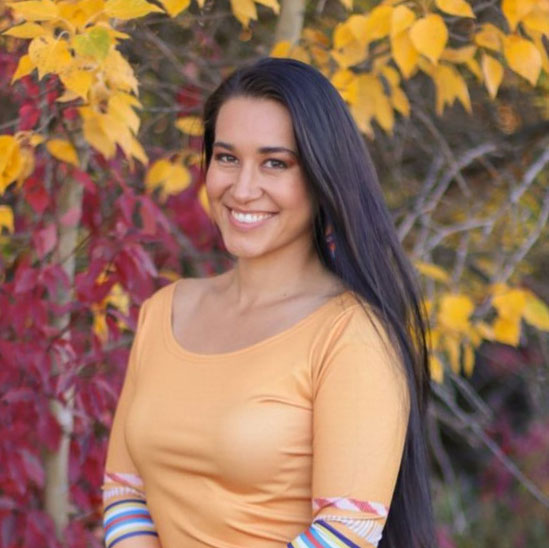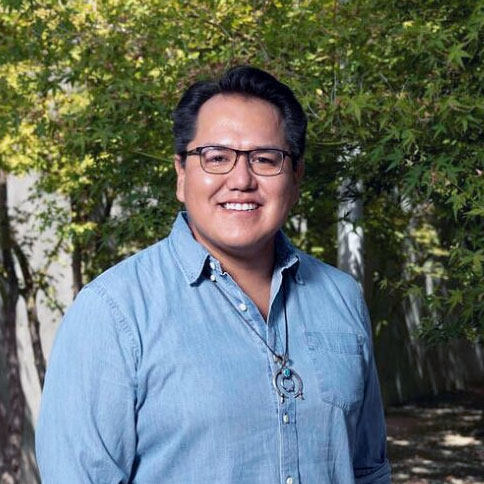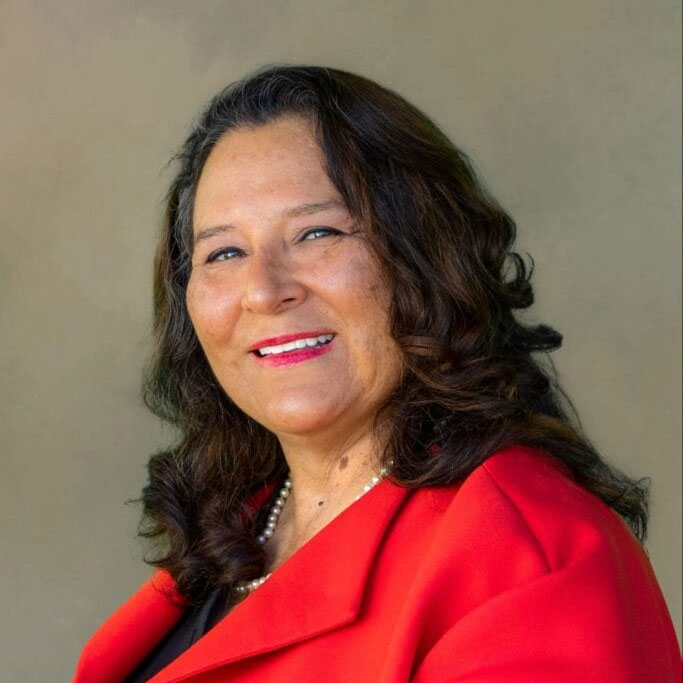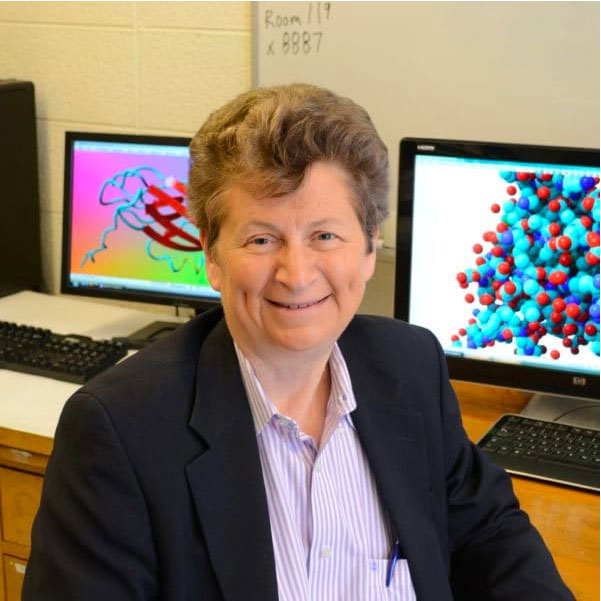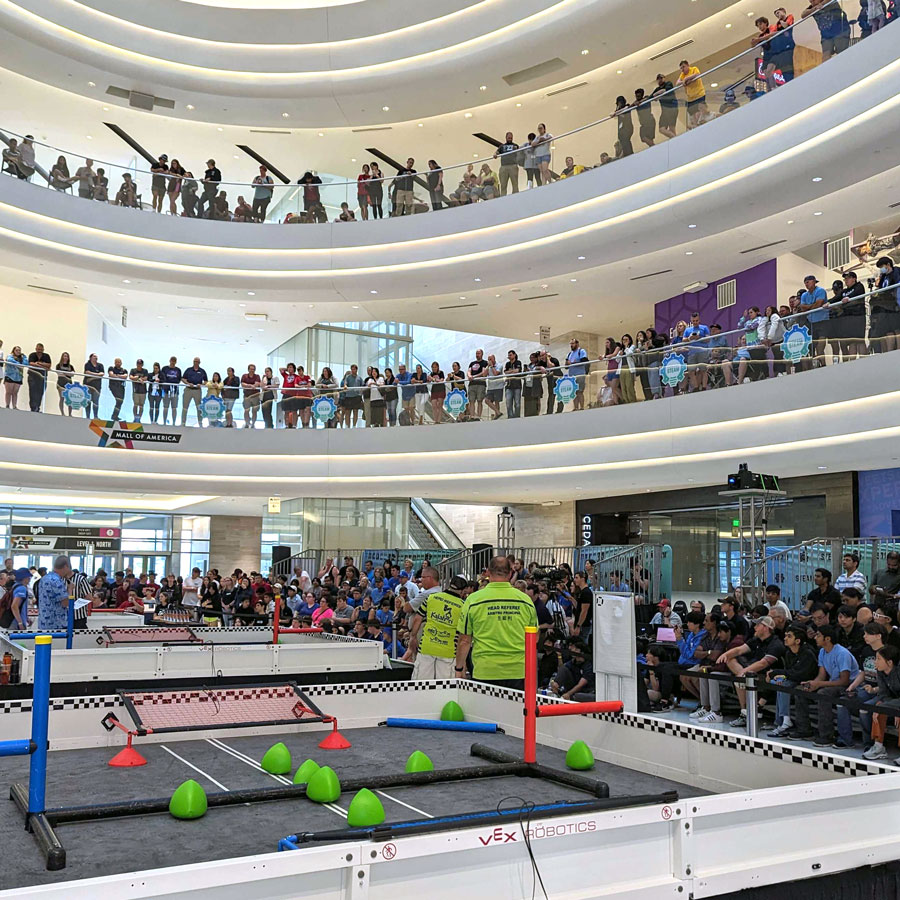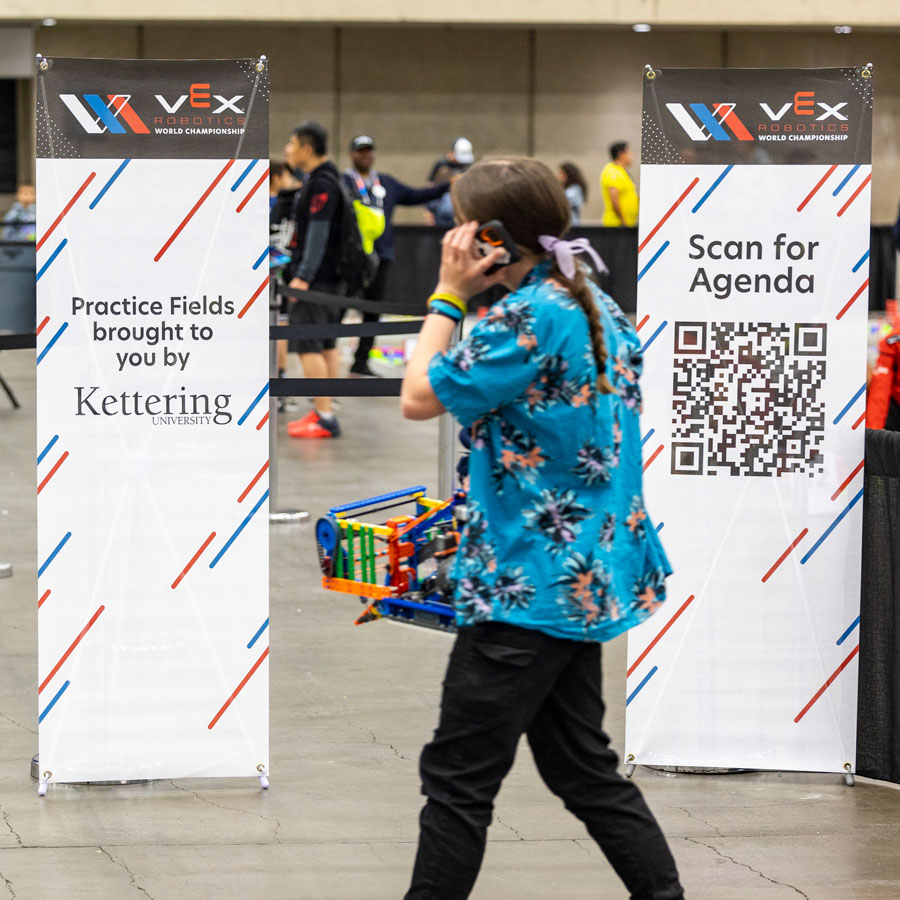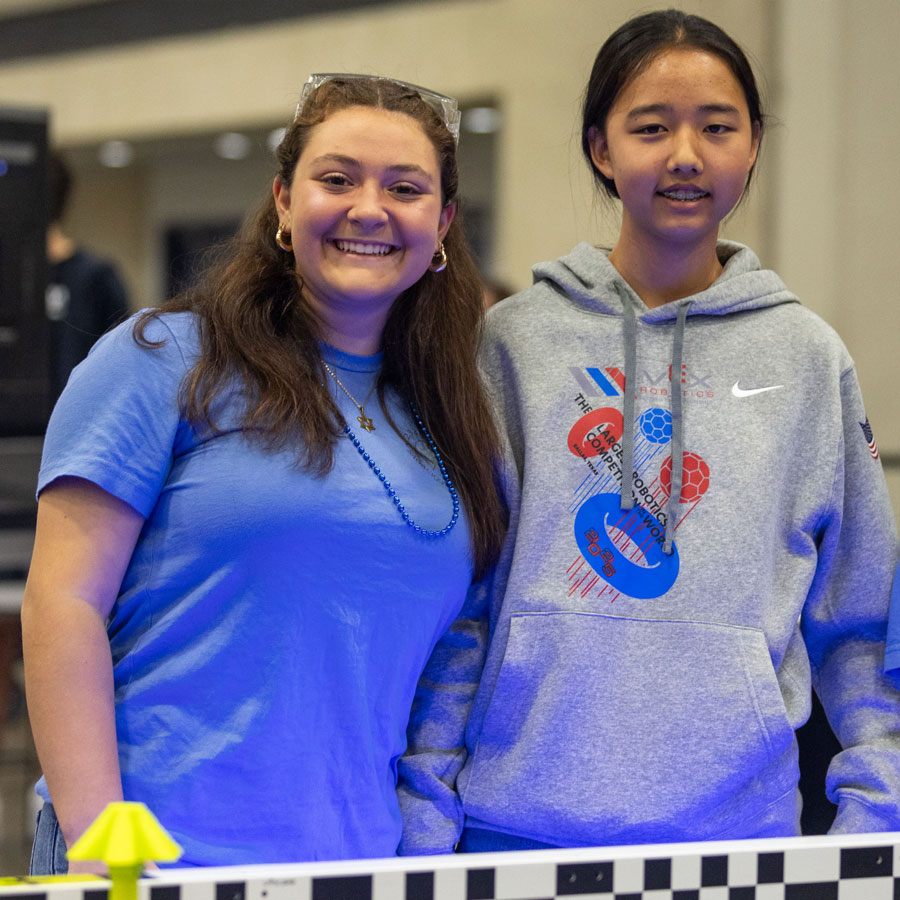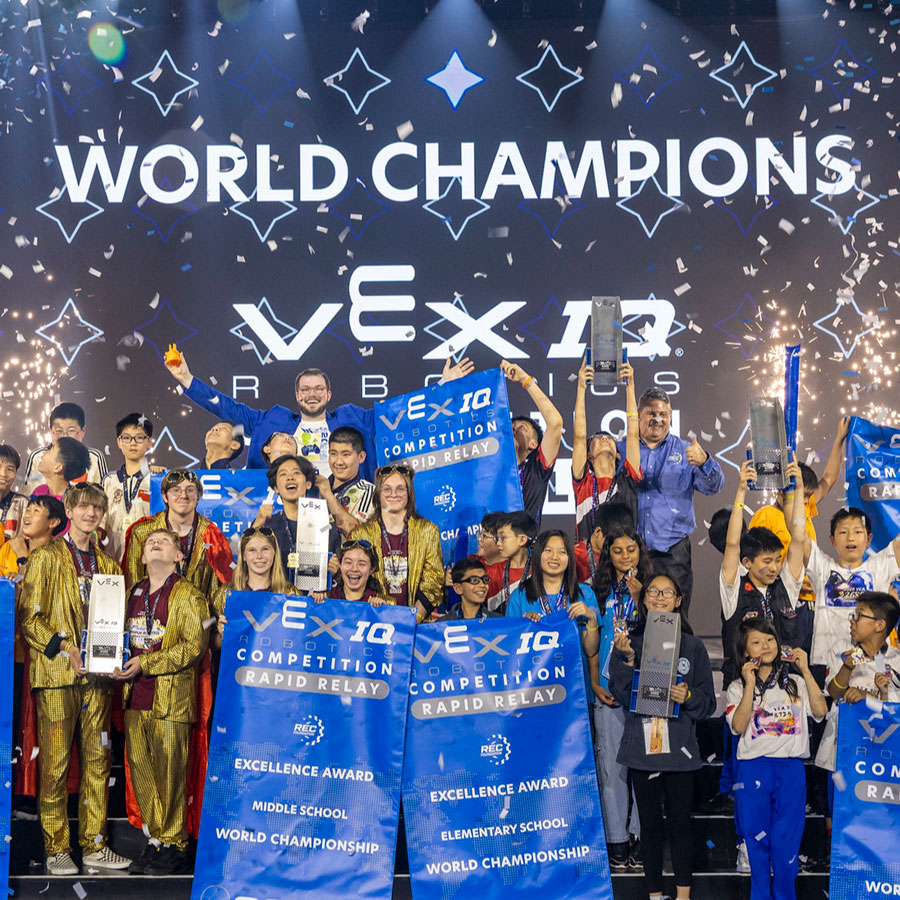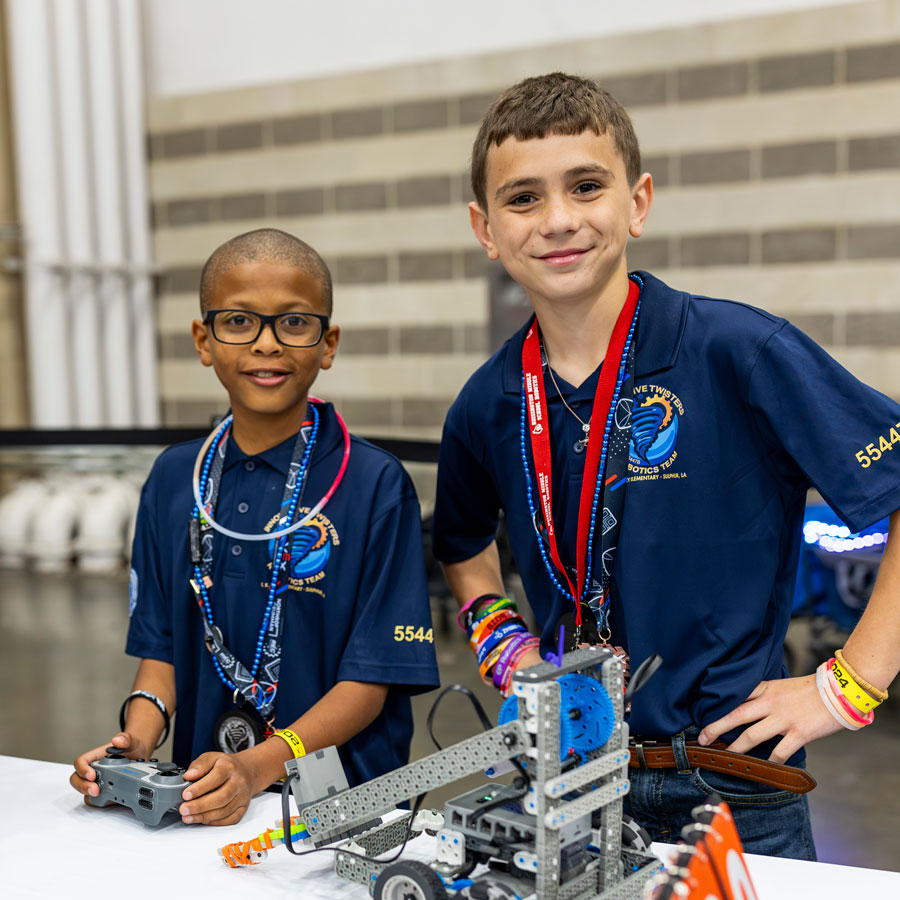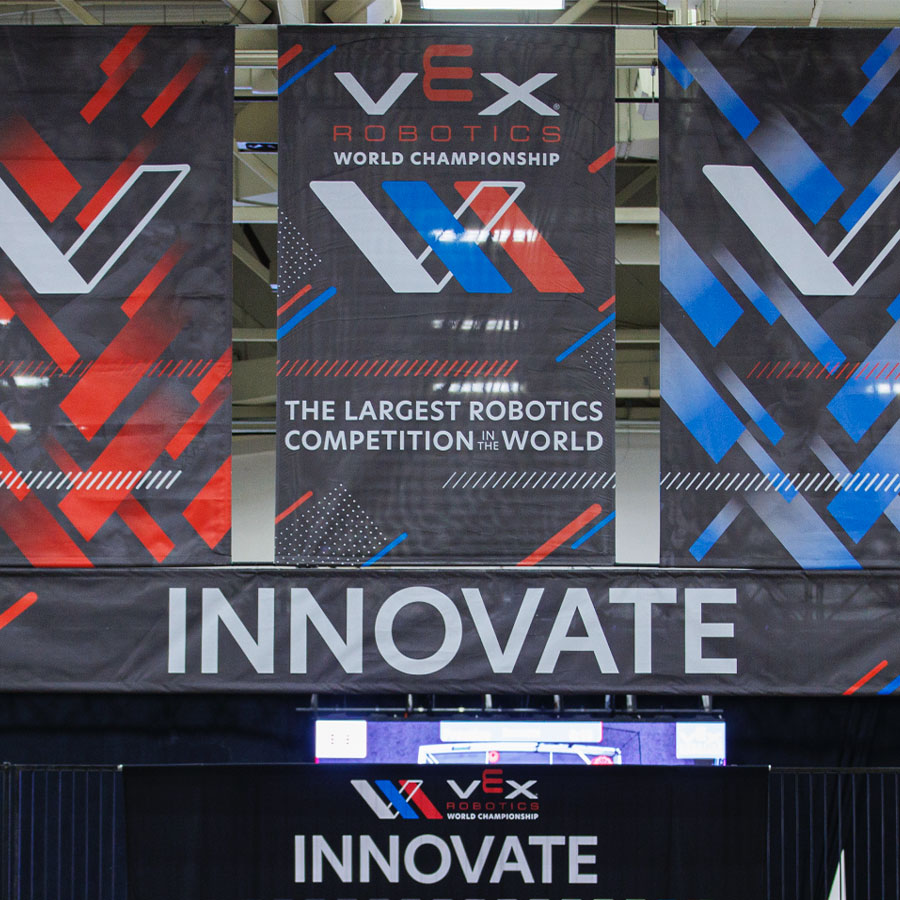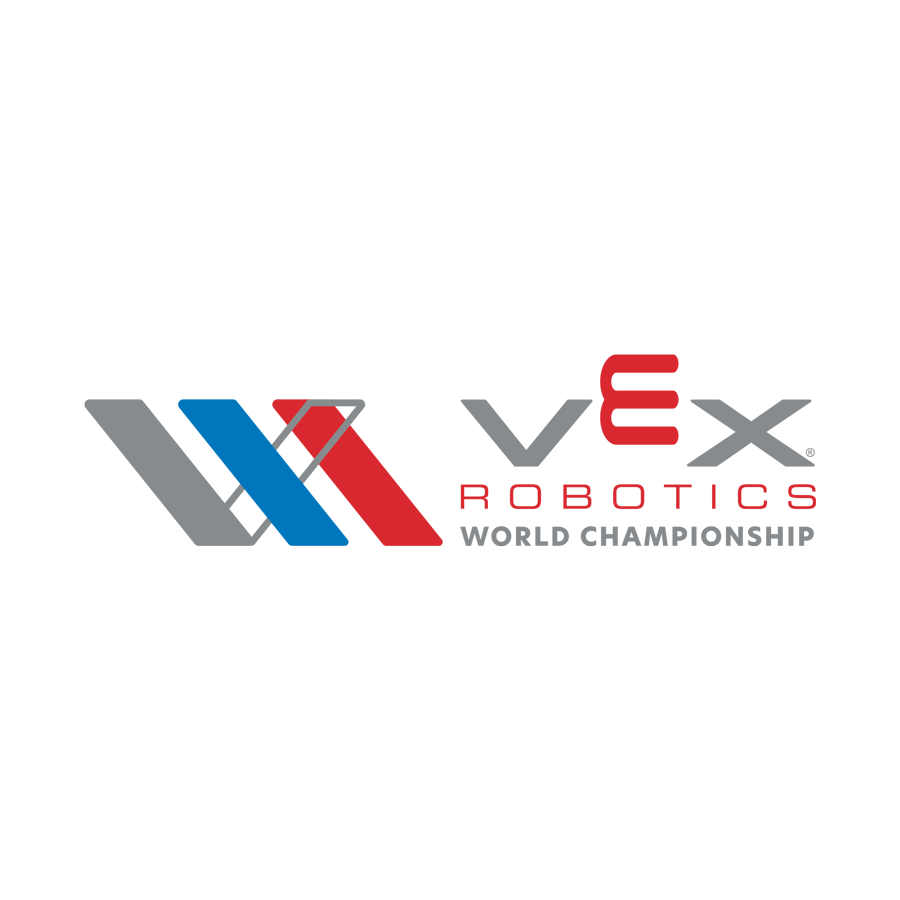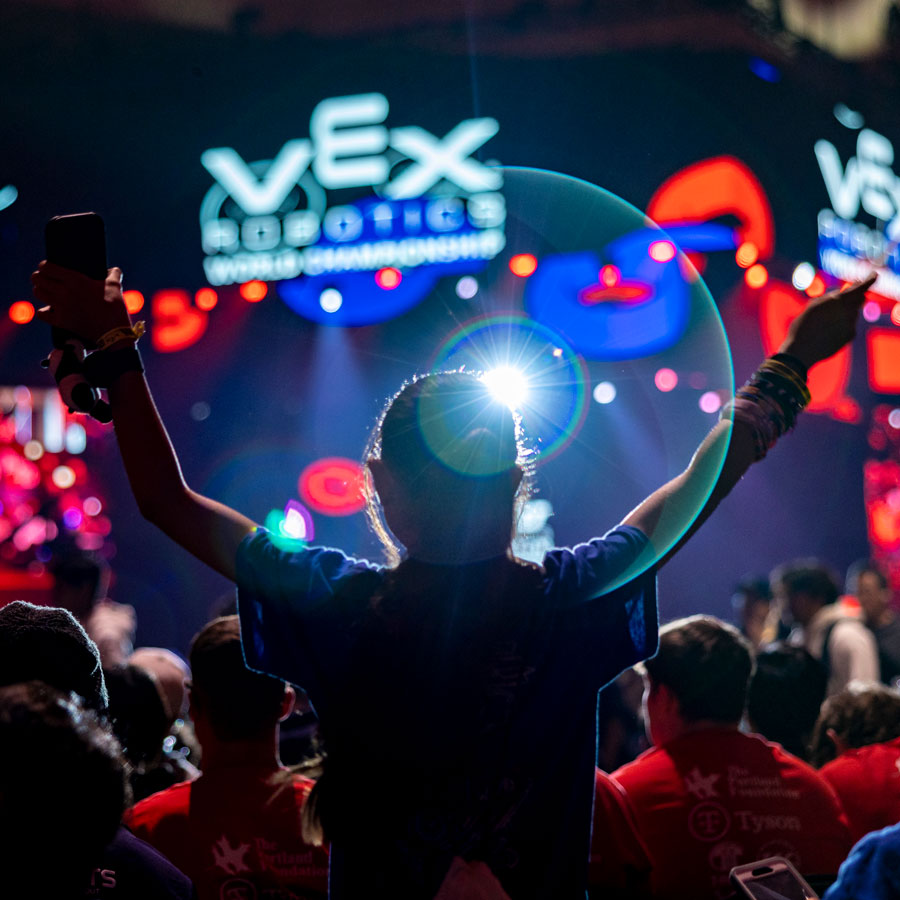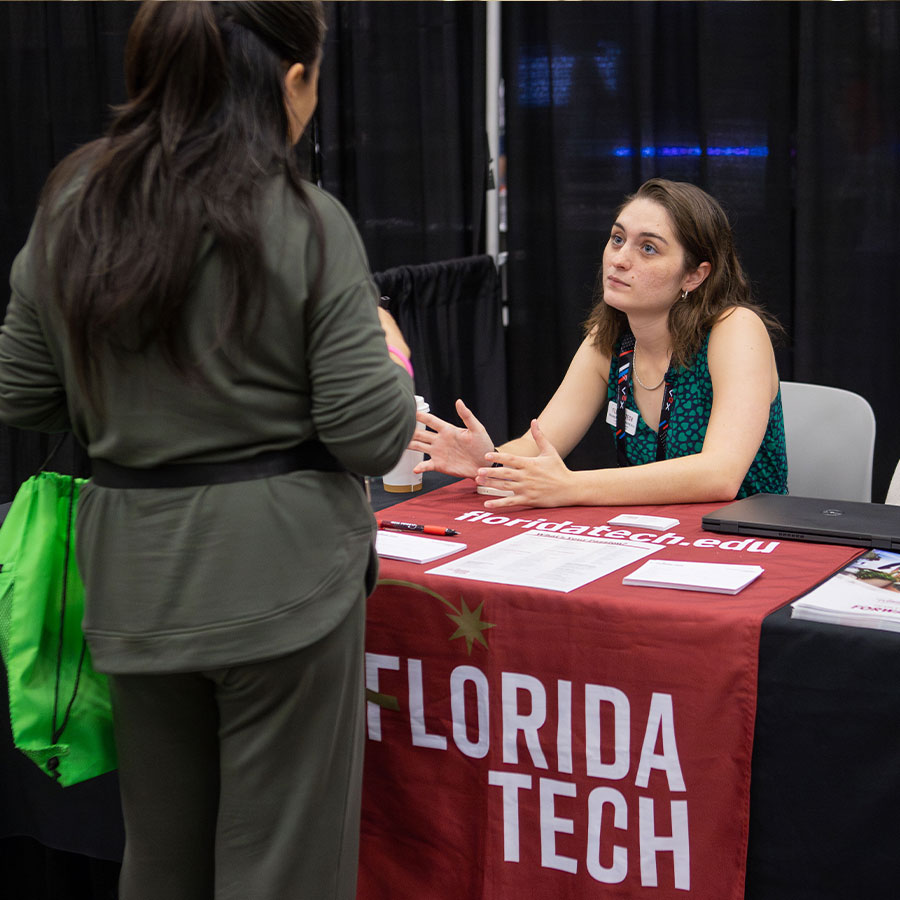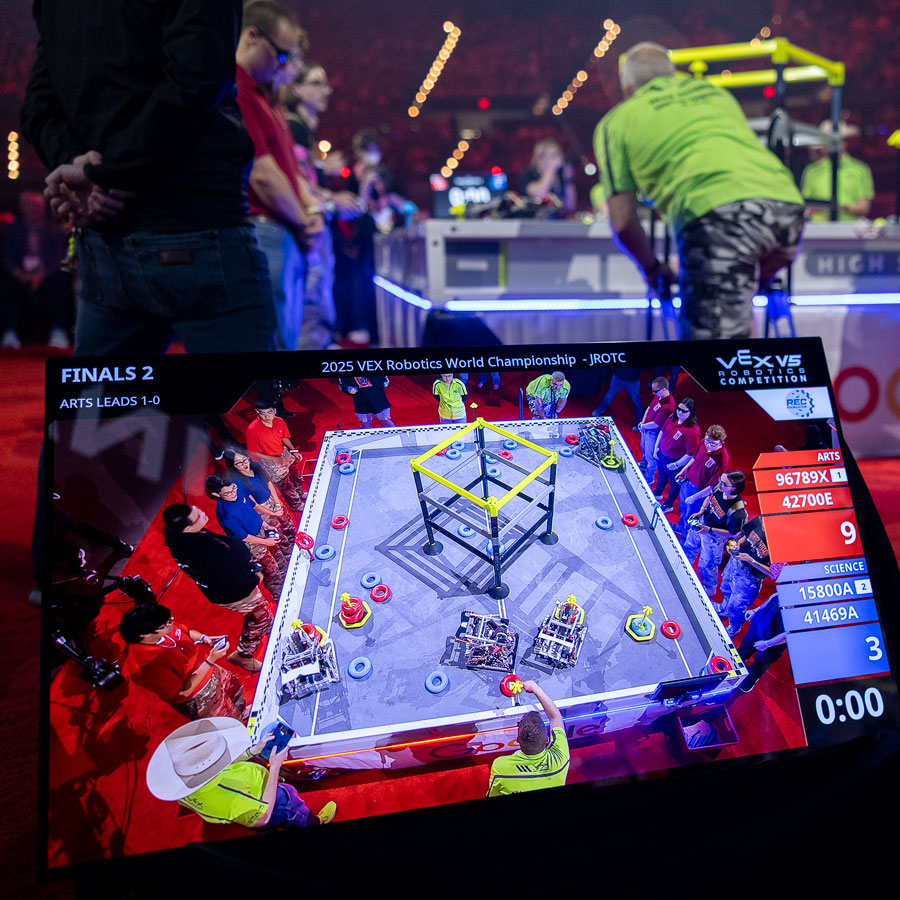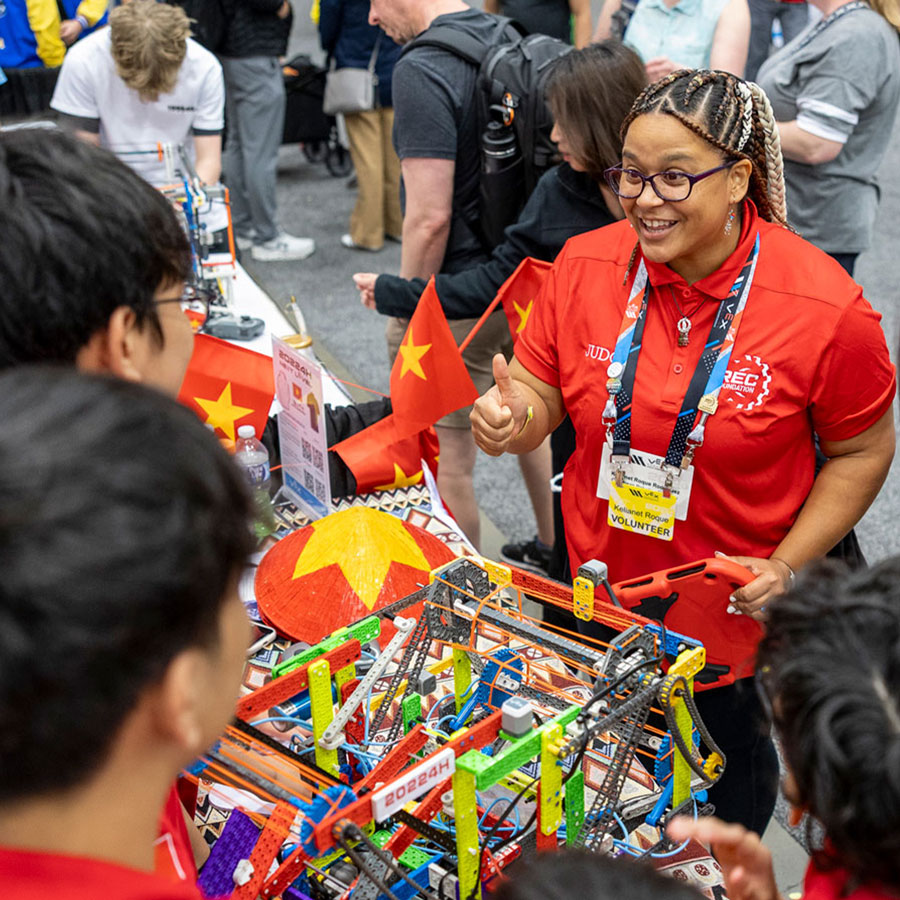Lee Johnson, Jr.
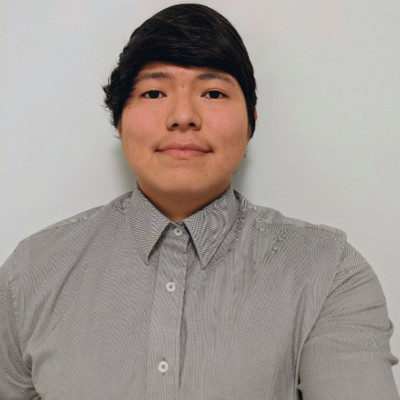
How did you become interested in cyber security?
I became interested in Cyber Security after taking my first IT security course in college and learning how to defend and attack web applications and computer networks. The industry is constantly evolving and continuous learning is a passion of mine.
Who were your mentors?
Early on my mentors were my College IT department supervisors. I would regularly volunteer my time there to learn how their department worked and what tools and skills I would need to become an IT professional. After accepting my first internship, I would always ask my managers if they would also mentor me throughout the internship. I still keep in touch with every one of them. At my current position at Mulesoft I have two mentors – my direct product security lead and another member of the Mulesoft team. We meet bi-weekly and monthly to discuss my career goals and their experiences in the industry.
What words of wisdom do you have for students?
Don’t be afraid to apply to any position, even if you feel you don’t meet all the requirements. If I’ve learned anything from my past internships, it’s that with any new tool or skill I needed to learn, I always had team members and managers willing to assist me with any problems or challenges I faced.
